Philips CDM Mechanisms – Page 2 – CDM-4, CDM-1 MkII, CDM-9
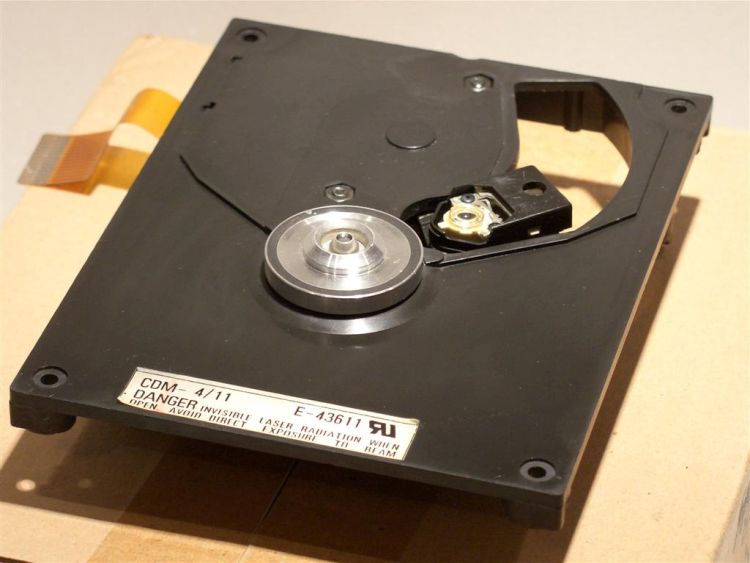
When CD was introduced around 1982, Philips’ CDM transports were made extremely well, to the point of being almost over-engineered
Not only Philips and Maranz used these transports: various other players were outfitted with these massive cast-iron swing-arm Rodenstock glass-lense mechanisms. Today, many of these products are still around, spinning CD’s as happily as before. They still produce excellent sound and as it turns out these transports are virtually indestructible. There’s also an extensive review, a direct comparison between many Philips and Marantz cd players.
Whenever possible I use my own photos, but for this page, I have been reliant on various sources such as the very friendly Stefan Runge, various forums, the Enco website and dutchaudioclassics.nl.
The information about the mechanisms is divided over 3 pages.
Page 1 – CDM-0, CDM-1, CDM-2, CDM-3
Page 2 – CDM-4, CDM-1 mkII, CDM-9
Page 3 – CDM-12, CD Pro
CDM 4
The CDM4 came in many variations and was probably the most used mechanism, certainly the one that you still see the most.
Most CDM4 models were made with a composite resin top plate although there were also models with cast top plates such as the CDM4/53 and the so-called CDM4D. The CDM4/19 was named CDM4M by Marantz Japan; it is the cheaper version of the diecast CDM4MD.
Interesting note: the CDM4 v1 was named CDM1 Mk2 by Marantz Japan.
CDM 4/11
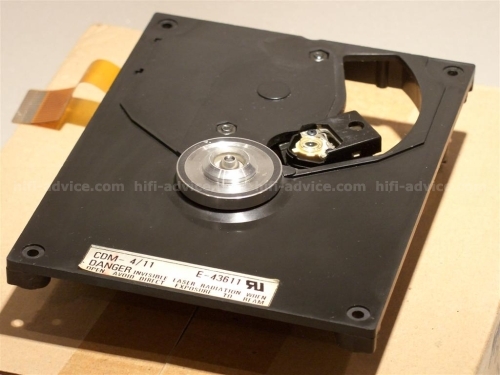
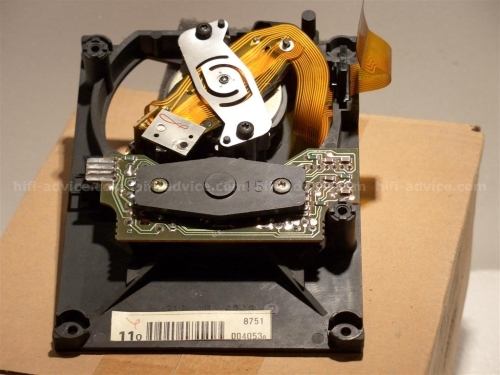
CDM 4/16
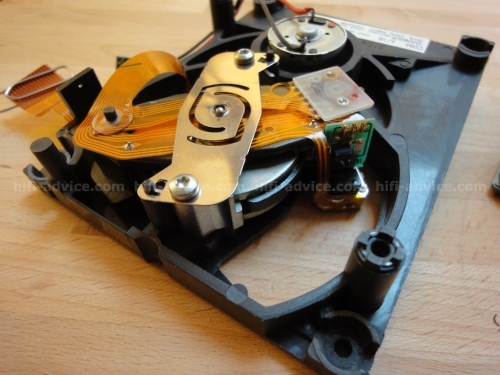
The only thing that seems to differentiate the CDM 4/16 from the CDM 4/26 is the omission of the brushless motor (similar to what was used in the older mechanisms) in favor of a cheaper regular motor.
CDM 4/18
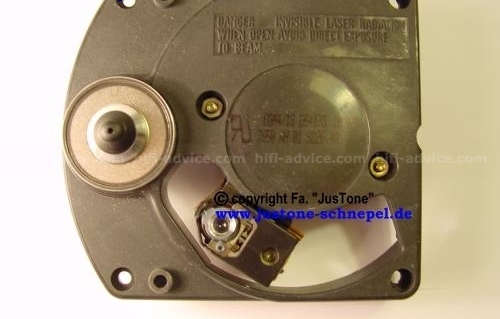
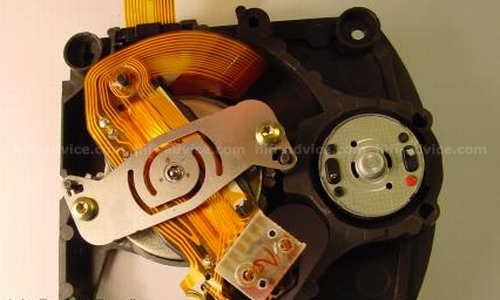
CDM 4/19
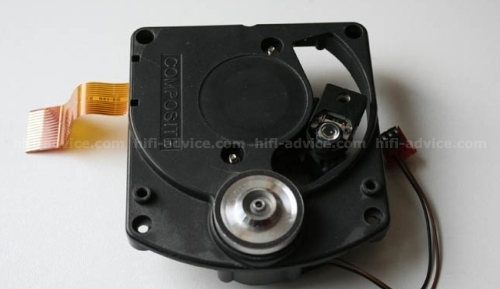
CDM 4/25
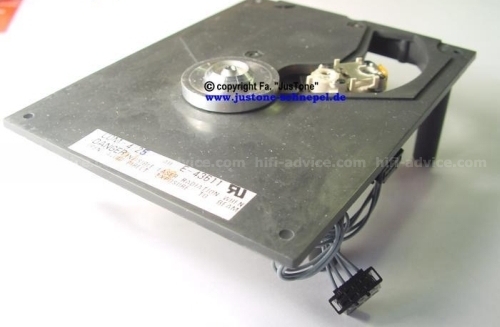
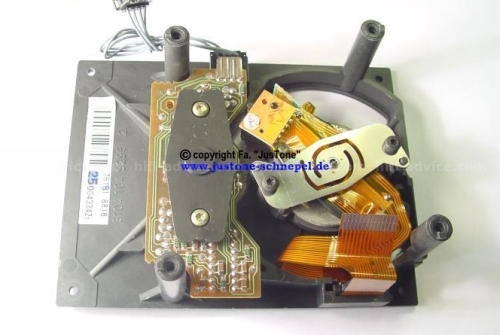
CDM 4/26 (AKA CDM1 MkII)
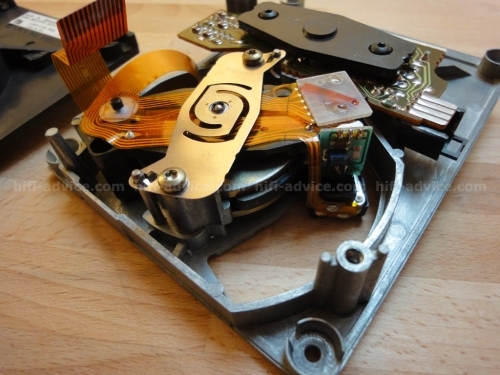
The only thing that seems to differentiate the CDM 4/26 from the CDM 4/16 is the substitution of the regular motor for a brushless version, more similar to the high-quality motor that was used in the older mechanisms.
Interesting note: CDM4/26 is also known as CDM1 MkII.
CDM 4/31
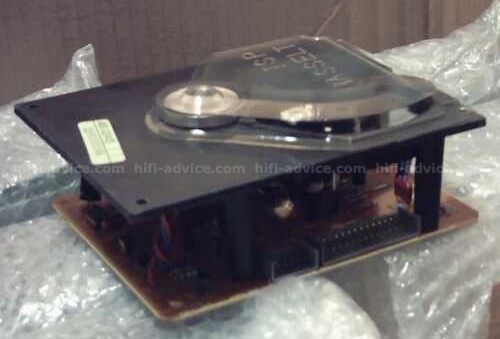
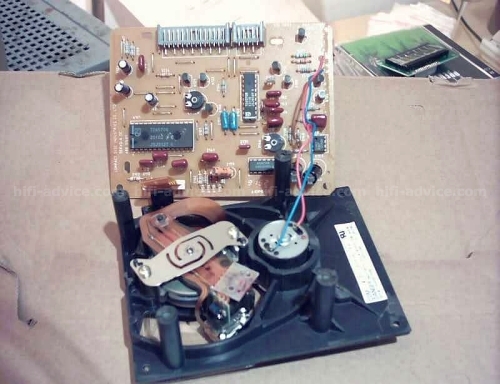
CDM 4/36
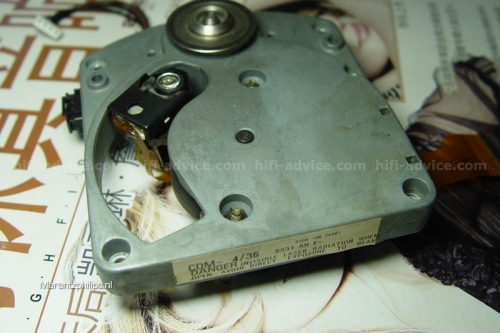
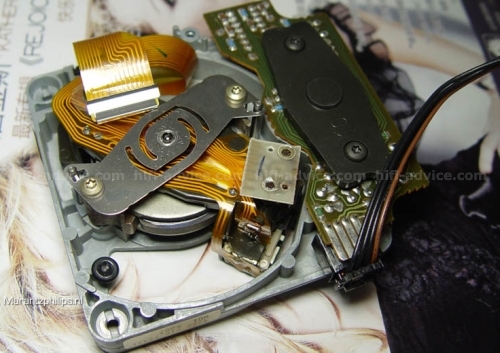
CDM 4 IND / CDM 4/53
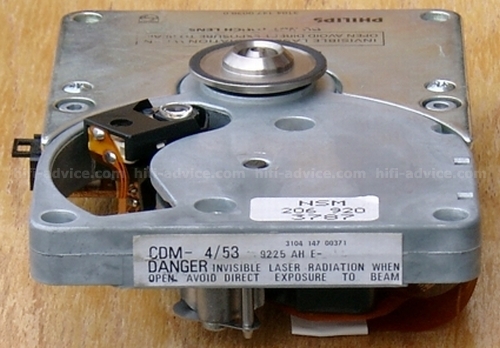
Used in the famous Mark Levinson no.31 CD transport, the CDM4 Industrial is arguably one of the finest iterations of the CDM4. The version below with the sturdy metal bracket at the bottom is probably for actual heavy industry use such as in a jukebox.
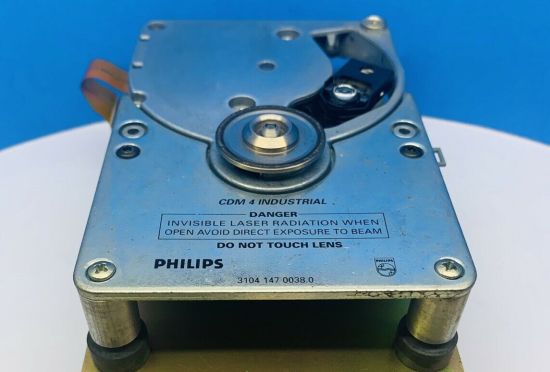
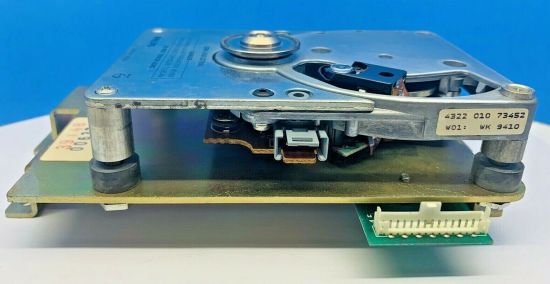
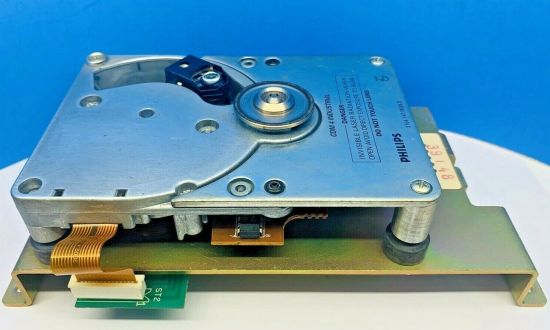
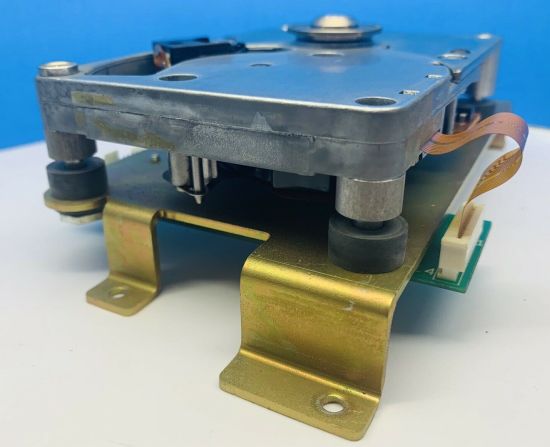
As you could see above, the CDM4 was available in many variants, and I probably don’t even have all of them listed here.
CDM 1 MkII
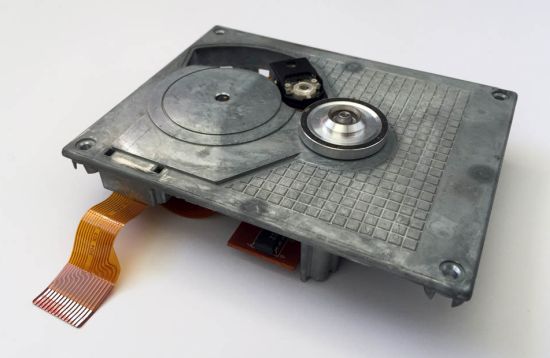
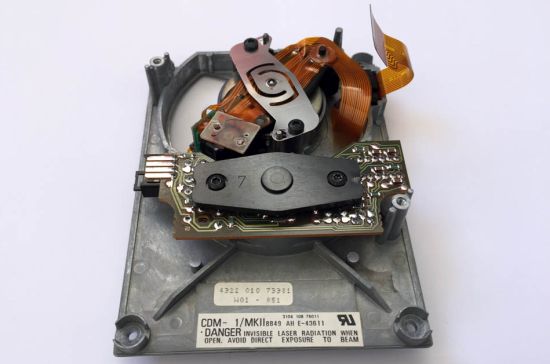
What few people know, and neither did I, prior to being contacted by the very nice German guy Stefan Runge, is that the CDM1 MKII is actually a CDM4/26 which is a pimped up version of the much lower standard CDM4. Glass lense, Hall motor and zinc basis. But nevertheless, it is still a disguised CDM4. According to many, this is the reason that CDM1 drives outlast CDM1 MkII drives. That said, I have yet to find the first CDM4-equipped player that died on me. Yes, by now they need recapping but the CD mechanisms have never failed me yet.
Interesting note: the CDM4 v1 was named CDM1 Mk2 by Marantz Japan.
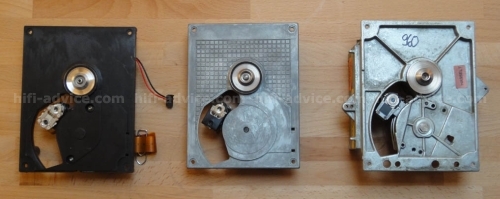
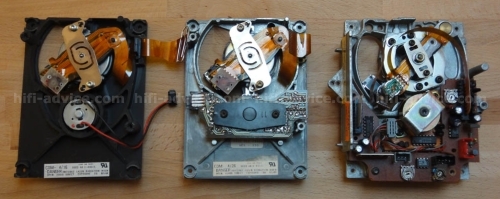
From left to right: CDM4/16, CDM4/26 (AKA CDM1MkII) and CDM1
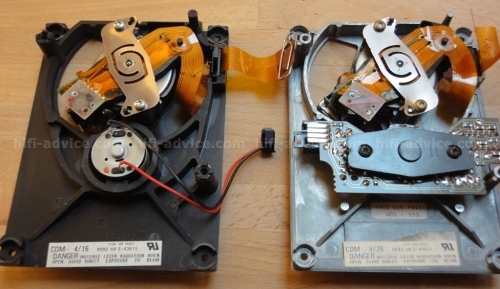
From left to right: CDM4/16 and CDM4/26 (AKA CDM1 MkII). Indeed, the CDM4/26 is also known as CDM1 MkII.

Seek the differences: top: CDM4/16, bottom: CDM4/26 (AKA CDM1 mkII)

CDM 9
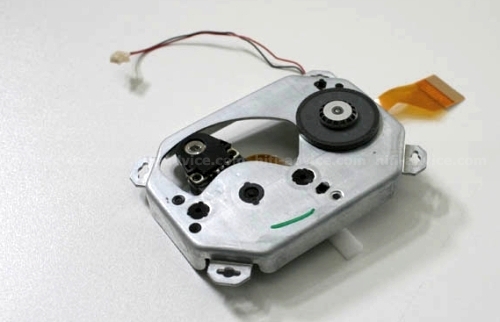
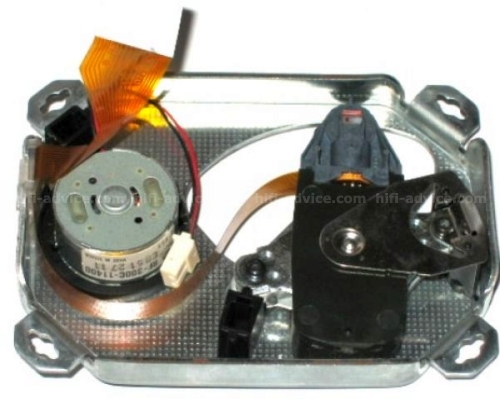
CDM 9 Pro
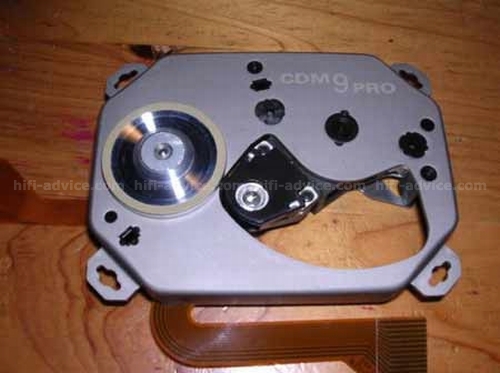
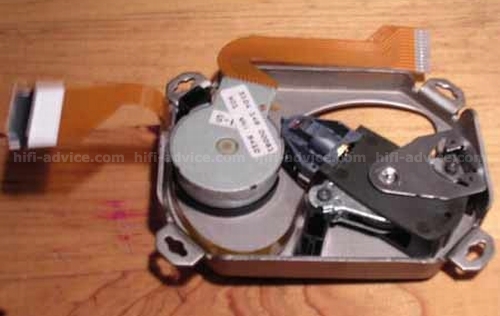
The Pro version of the CDM9 seems to be distinguished only by the use of a bigger motor and a full metal turntable similar to that of the CDM4. The latter is a clear improvement given that the plastic turntables tended to crack sooner or later.
The Philips CDM9 was the last Philips single-beam CD drive mechanism. After this, the company switched to the 3-beam linear tracking system which had already been adopted earlier by Japanese manufactures.
Switch from Swing-Arm to Linear Tracking
After the CDM 9, Philips switched to a linear tracking construction that moved the optical lens block in a straight line rather than radially as with the Swing-Arm mechanisms.
This was decided due to the fact that computer CD-ROM drives, requiring higher read speeds, were in demand. The swing-arm system with its counter-weight had too high moving mass and too slow random access times for this application. In addition, a 3-beam system is more suited to random access operations but because the swing arm system read the disc with a tracking error angle, it was not possible to use the system with more than a single-beam.
More Mechanisms
Page 1 – CDM-0, CDM-1, CDM-2, CDM-3
Page 2 – CDM-4, CDM-1 mkII, CDM-9
Page 3 – CDM-12, CD Pro
Read Also
Classic Philips and Marantz CD players compared
Inside Pics of classic Philips and Marantz CD players
Philips CD player, DAC, Filter, Decoder, DOBM and Transport List
Marantz DAC and Transport List
Philips timeline
Marantz timeline
CD Mechanism Masterpieces
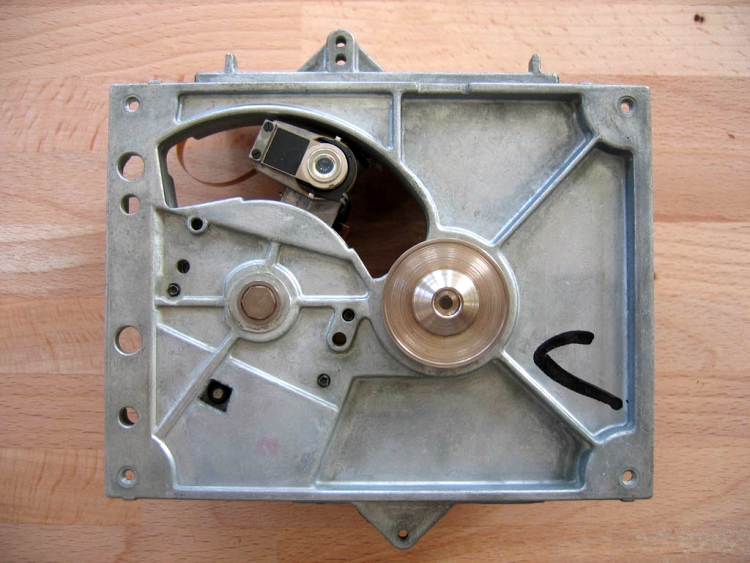
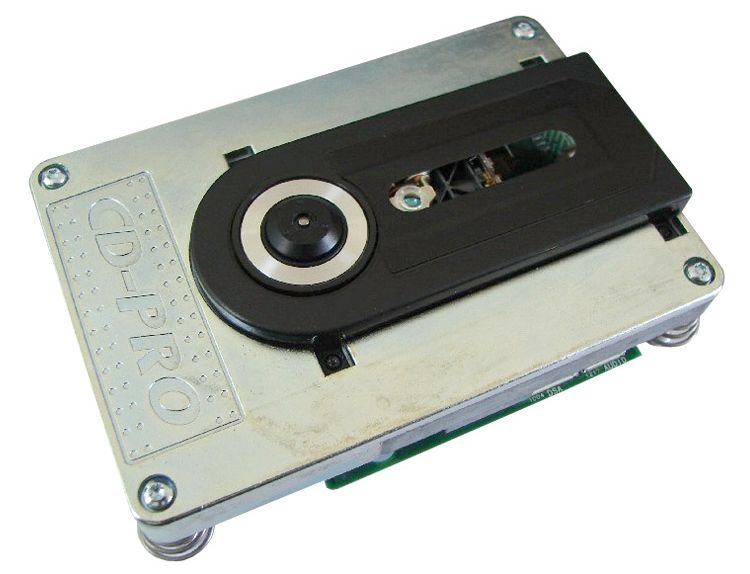
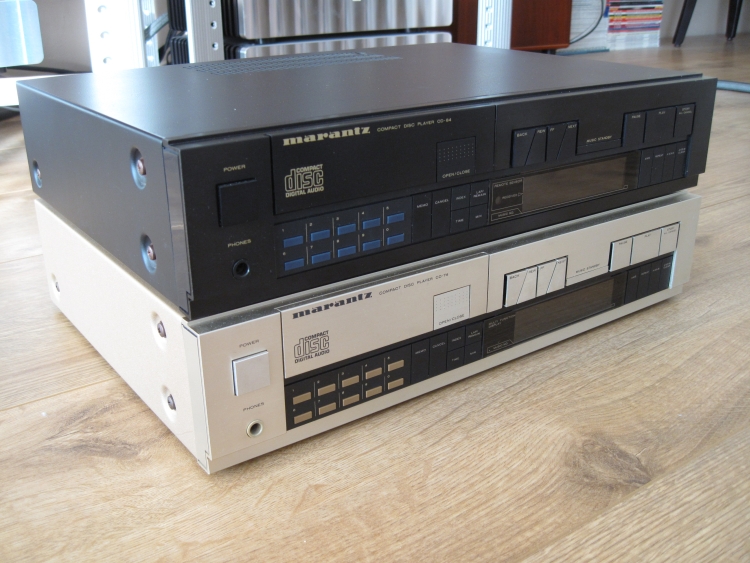
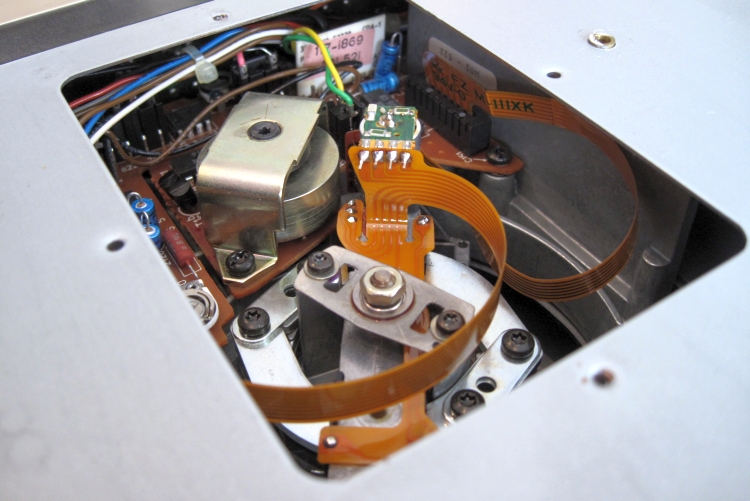
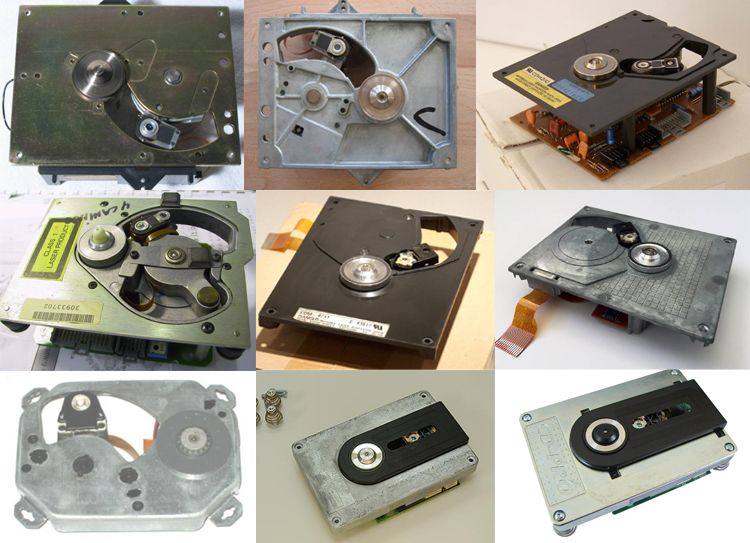
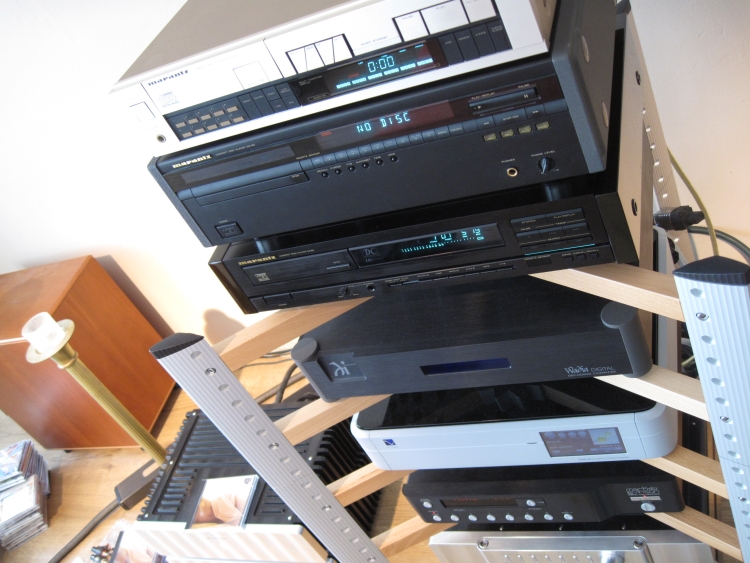
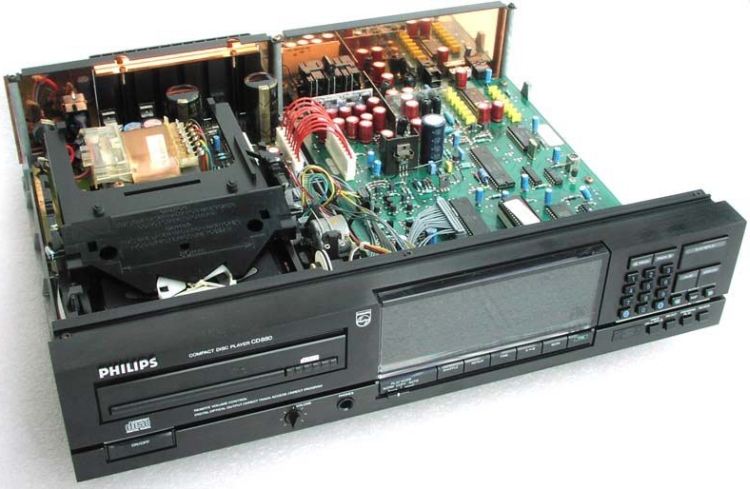
Hello from Connecticut, USA,
Technical query, re: CDM-9 pro transport.
I have a faulty disc motor. Do you know if other Philips CDM motors are compatible? Please advise of any known compatibility. Thank you in advance.
The CDM9 mechanism (in my case from a Philips CD931) contains a cheap and simple Mabuchi motor, type RF-300C-11400. The same motor should be in virtually any other CDM9 so I would advise seeking cheap Philips players with this mechanism to use as a donor. Also, I would advise swapping the entire mechanism, not just the motor. You can even source them from CD-I players but I’m not sure if these are 100% compatible.
Hi Good Day,
I am looking for Philip CDM 4 industrial player. It is use for Jukebox. Do you have any for sale or other options for replacement?
Thanks
Sorry, I am not in sales, but you might try dutchaudioclassics.nl. I think a regular CDM4 might also work electronically, as long as you can make it work with the spindle / disc turntable. BTW, when they stop working, it’s rarely actually the optical mechanisms that break. More likely, it’s one or more capacitors in the servo system or power supply.
Can a CDM4/24 be replaced by a CDM4/19 without adjustments ?